|
|
Marshall B. Davidson. The American Wing : A Guide. — New York, 1980 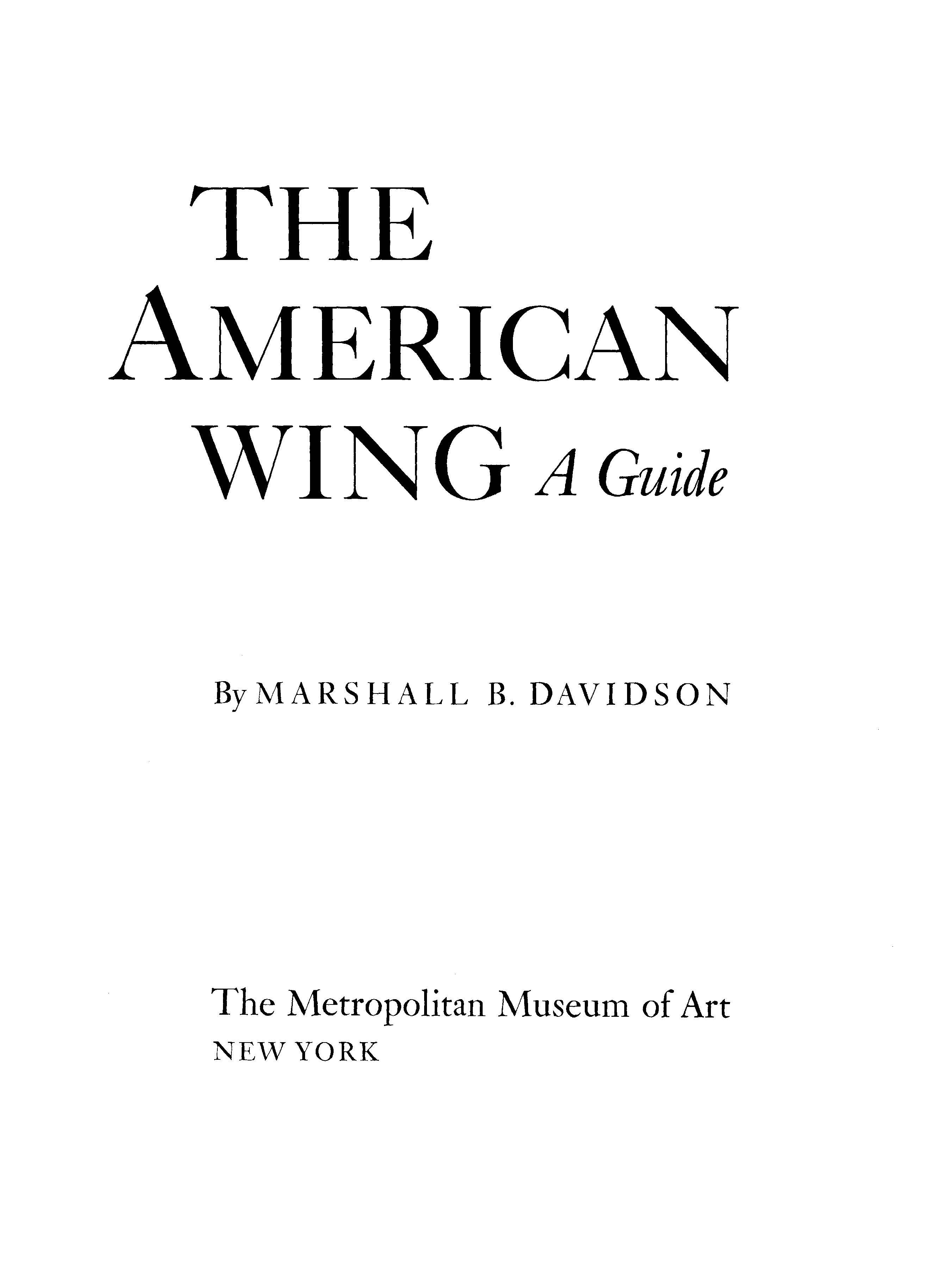 The American Wing : A Guide / by Marshall B. Davidson. — New York : The Metropolitan Museum of Art, 1980. — 176 p., ill. — ISBN 0-87099-238-4
The collections of American art in the Metropolitan Museum are the most comprehensive and representative to be found anywhere. Here, under one roof, have been assembled significant examples in every medium and from all periods of this country's history, including acknowledged masterpieces in each of the many categories—painting, sculpture, architecture, prints and drawings, and decorative arts.
FOREWORD
The collection of American art at the Metropolitan Museum is one of the most comprehensive in the United States. Owing to the strong support of such early Trustees as Frederic Church, Eastman Johnson, and John F. Kensett—all renowned artists—American paintings and sculpture were prominent in the Museum’s collections from the beginning.
In 1872, the Museum acquired its first American sculpture, an allegorical female nude by Hiram Powers entitled California. Shortly afterward a group of unfinished landscapes by the late John F. Kensett was given by the artist’s brother, providing the beginnings of one of the department’s strengths—Hudson River school paintings of the late nineteenth century. From this formative period onward, the collection was actively expanded through gifts and purchases. Each major loan exhibition held at the Museum created impetus for further growth.
In the field of decorative arts, the first major event was the large exhibition of American furniture, silver, glass, and paintings held in connection with the Hudson-Fulton Celebration of 1909. This landmark exhibit marked the first time that an art museum had shown American decorative and fine arts together in an orderly, chronological display. As a result of the overwhelmingly positive response to the Hudson-Fulton show, Mrs. Russell Sage purchased the distinguished Bolles collection of early American furniture and other objects for presentation to the Museum. This group of nearly 900 items, many of which had been on exhibition during the Hudson-Fulton Celebration, became the nucleus of the American Wing collection.
Major recognition of the importance of the American art collection, however, came with the creation of a separate wing largely devoted to period rooms. Opened in 1924 through the generosity and foresight of Robert W. de Forest, then the Museum’s president, this highly innovative installation set a precedent in the display of American decorative arts. Three periods from the seventeenth through the early nineteenth century were represented in about twenty rooms with interior woodwork from old American houses. The installation had a profound influence on attitudes toward American art throughout the country—it affected the art market, individual collectors, installations in other museums, and American studies in the academic world.
Now, with the spacious additions recently designed by Kevin Roche and John Dinkeloo, a great part of the collection will be on display-an enviable feat in view of the Metropolitan’s very sizable holdings of American art. This new installation by no means indicates an arrest in the growth of the collection, for there are still some relatively weak areas in which acquisitions will be made. On the other hand, never before have the strengths of the Museum’s American arts been so splendidly displayed. Outstanding are the eighteenth-century portraits, Hudson River school landscapes, and notable examples of two of America’s foremost painters—Winslow Homer and Thomas Eakins. The new sculpture court will give prominence to particularly fine examples of work by Hiram Powers and Augustus Saint-Gaudens. Noteworthy among the decorative arts are early furniture up to about 1820; baroque-style silver of about 1700, and the great presentation and exposition silver objects of the later nineteenth century; and nineteenth-century glass and ceramics, especially Pennsylvania German redware and Tiffany art glass.
Equally impressive are the range and variety of installation techniques, which include period rooms, permanent exhibition galleries, temporary exhibition galleries, and open study storage. Such diversity insures flexibility and the capacity for future growth and change in installation methods.
The Museum is fortunate to have secured one so able and well-qualified as Marshall B. Davidson to write this guide. Mr. Davidson, noted art critic and author, worked at the Museum for many years. He served as a curator in the American Wing and as editor of Museum publications, and no one is better qualified to give an overview of the Museum’s American collections.
Philippe de Montebello
Director
INTRODUCTION
The collections of American art in the Metropolitan Museum are the most comprehensive and representative to be found anywhere. Here, under one roof, have been assembled significant examples in every medium and from all periods of this country’s history, including acknowledged masterpieces in each of the many categories-painting, sculpture, architecture, prints and drawings, and decorative arts.
The first of such acquisitions were made almost immediately after the Museum was founded more than a century ago, and as the Museum grew in size and importance its holdings of American art increased in proportion. Before the middle of the present century these holdings had far outgrown the space and facilities available for exhibiting them coherently. Important new accessions could not be shown at all, or only in provisional and isolated settings.
About a decade ago ambitious plans were laid to correct this unsatisfactory situation by expanding the area devoted to American art and consolidating what had earlier perforce been displayed in different-sometimes widely separated-galleries. This was an undertaking of considerable magnitude; one that is only now beginning to reach fruition. Unfortunately, it also meant depriving the public of any substantial showing of American art while the new installations were being prepared. The original American Wing, which had opened with such great fanfare in 1924 and enjoyed a mounting popularity over the following half century, was closed. Its exhibits were put into storage while necessary changes were made in the arrangement of some of its rooms and galleries, and provisions were made for the accommodation of some better examples of interiors than those that had earlier been shown.
The exhibits in the original structure had mostly been limited to material dating before about 1825. Within the last several decades, the scope has been enlarged to include important examples of all kinds fashioned in the later years of the nineteenth century and the earlier years of the twentieth-years that witnessed achievements hardly less important to our cultural heritage than those of earlier times.
For all this, a large additional structure surrounding and adjacent to the old Wing was required. This has been undertaken by the architects Kevin Roche, John Dinkeloo & Associates of New Haven. As the present publication goes to press, construction is not altogether completed. In another year period rooms representing the various historical-revival styles of the later nineteenth century and a room from a house by Frank Lloyd Wright will be on view for the first time with appropriate furnishings. Other galleries then to be opened will show examples of Shaker craftsmanship and a selection of American folk art.
Nevertheless, a very considerable proportion of the collection is on permanent display at present, including some 25 period rooms and galleries, 300 of the finest paintings (with sculptures interspersed), and a larger number of individual objects of decorative art than has ever before been shown at one time. These displays of silver, pewter, glass, and ceramics further demonstrate the degrees of skilled craftsmanship that developed in response to the changing tastes of Americans over the centuries. Together with the newly designed garden court, with its numerous sculptures and flanking architectural elements by Louis Comfort Tiffany and Louis Sullivan, shown in the Museum for the first time, this array of native talent brings a fresh realization of the importance of our collections to an understanding of American art and of American experience.
M.B.D.
CONTENTS
Color Plates.. 7
Foreword.. 9
Introduction.. 11
The Charles Engelhard Court.. 15
The Balcony.. 31
Silver.. 31
Pewter.. 42
Glass.. 43
Ceramics.. 52
The Joan Whitney Payson Galleries
Paintings and Sculpture.. 59
Period Rooms and Furniture Galleries
Third Floor: Early Colonial Period.. 111
Second Floor: Late Colonial Period.. 131
First Floor: Early Federal Period.. 155
Sample pages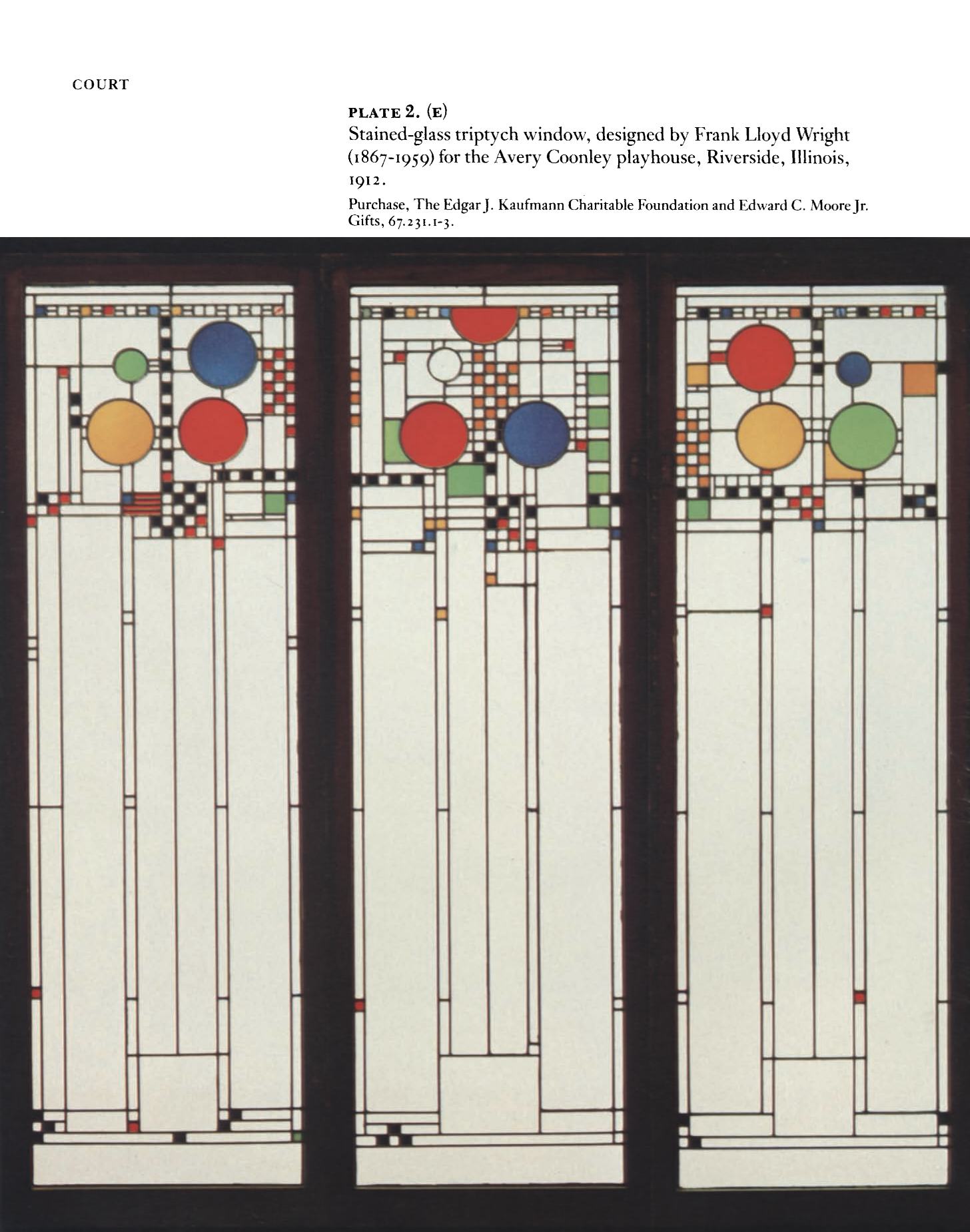 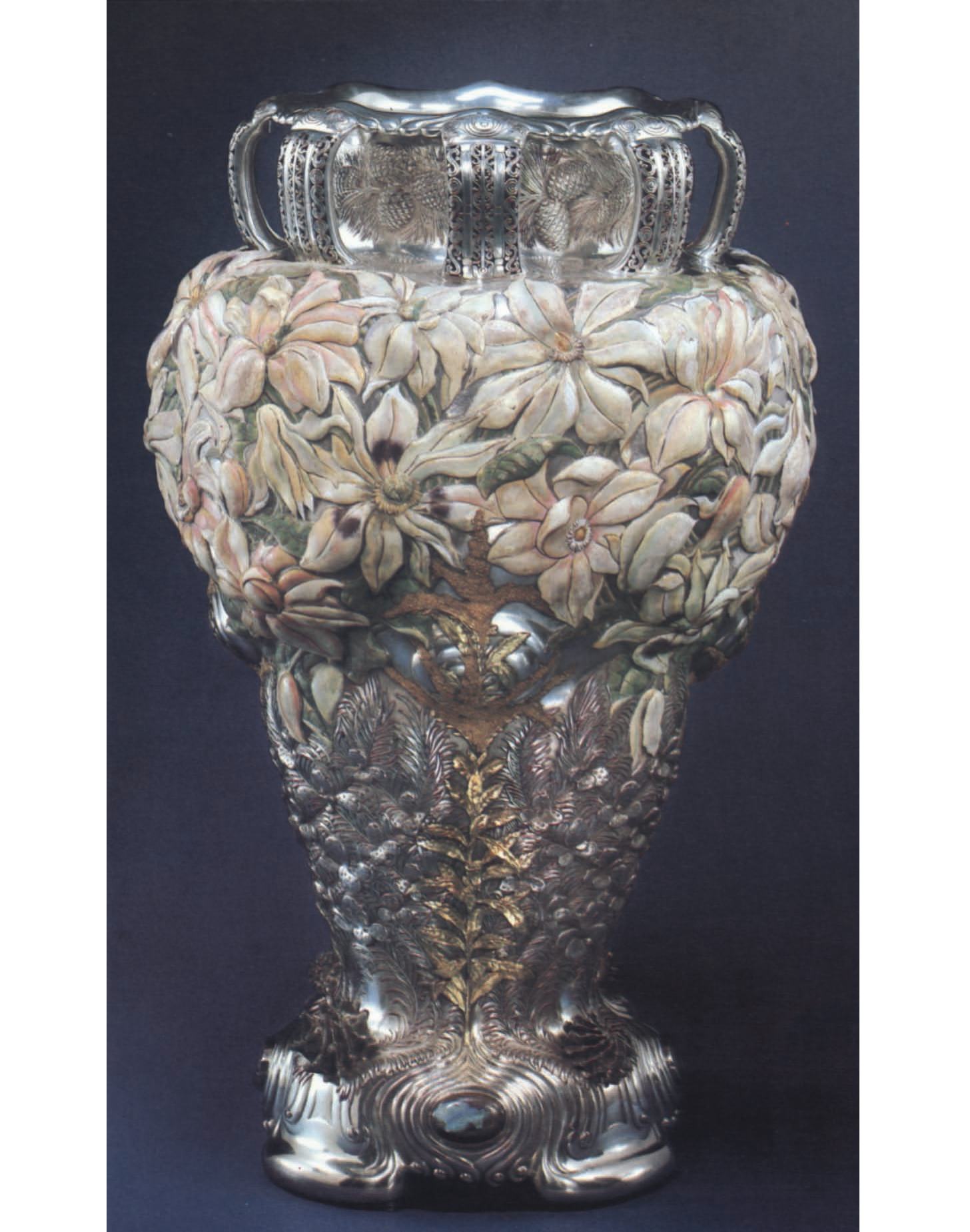 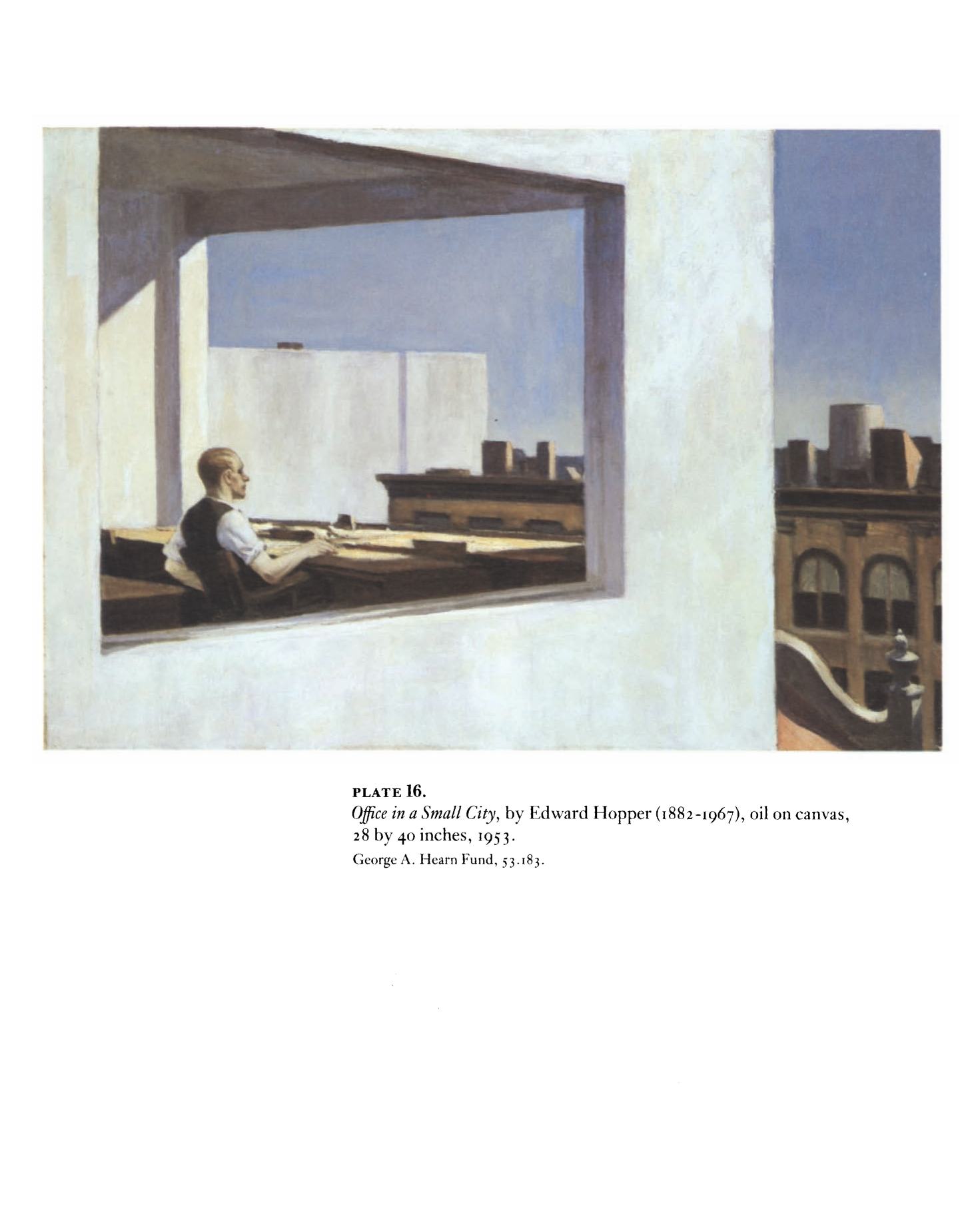 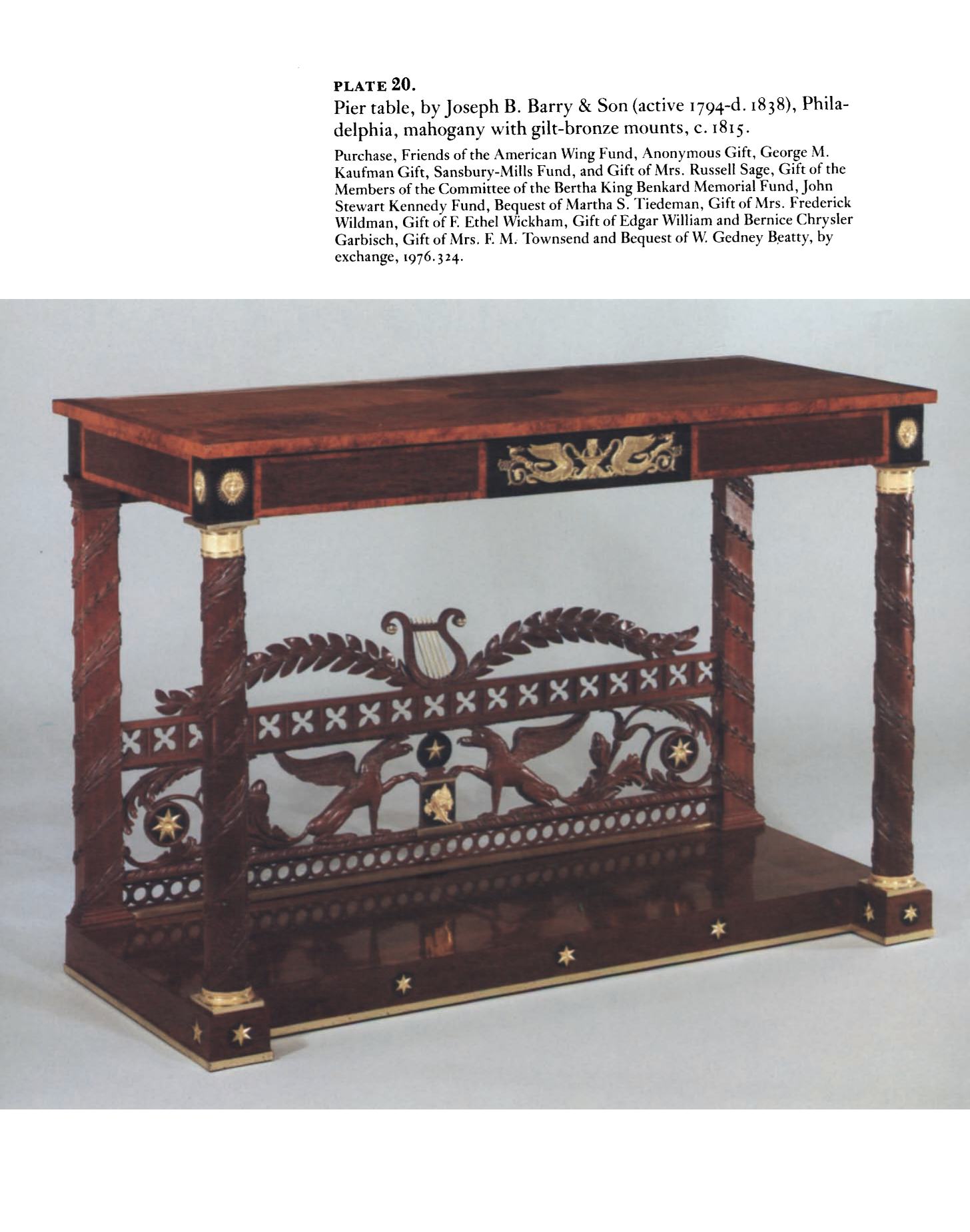 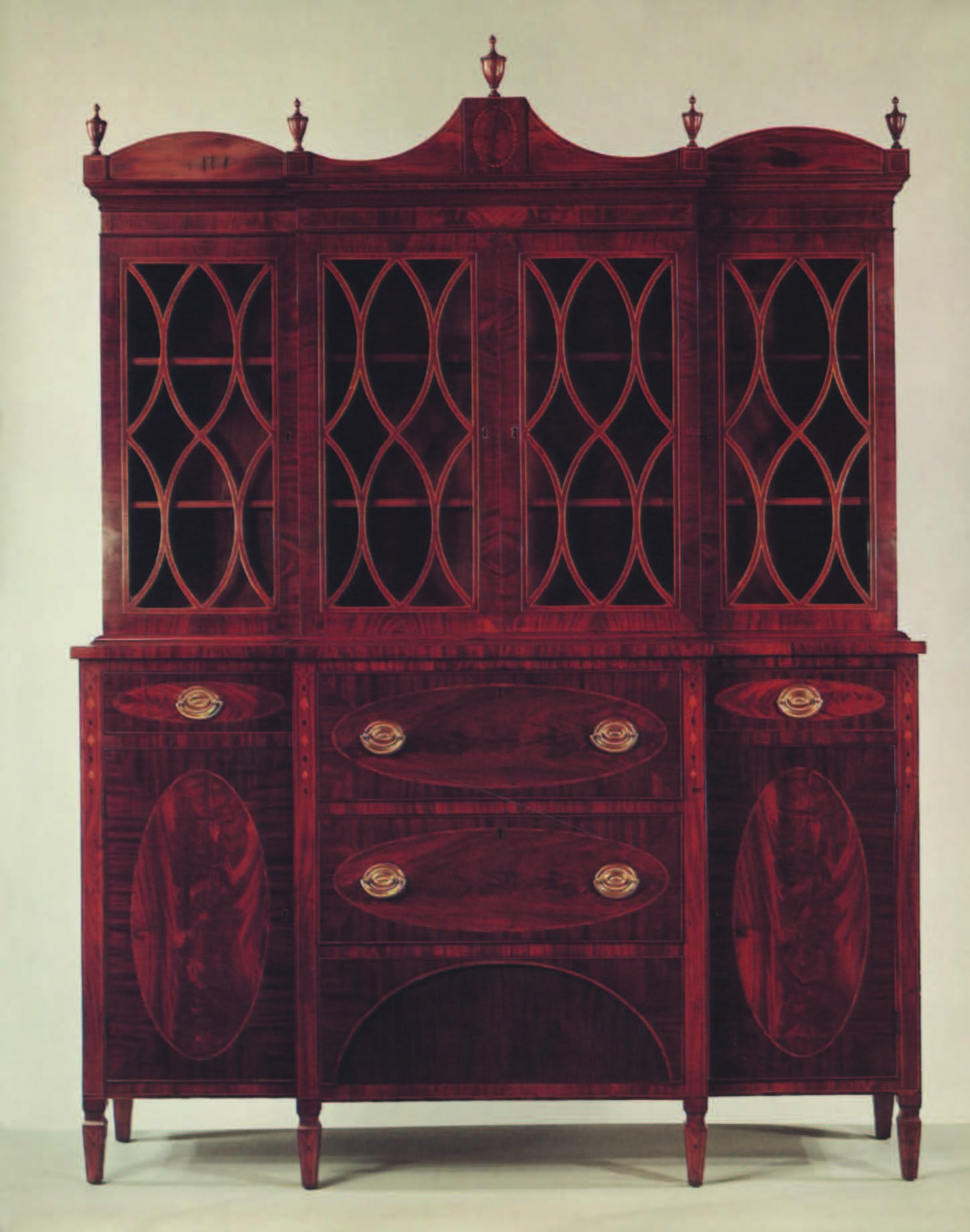 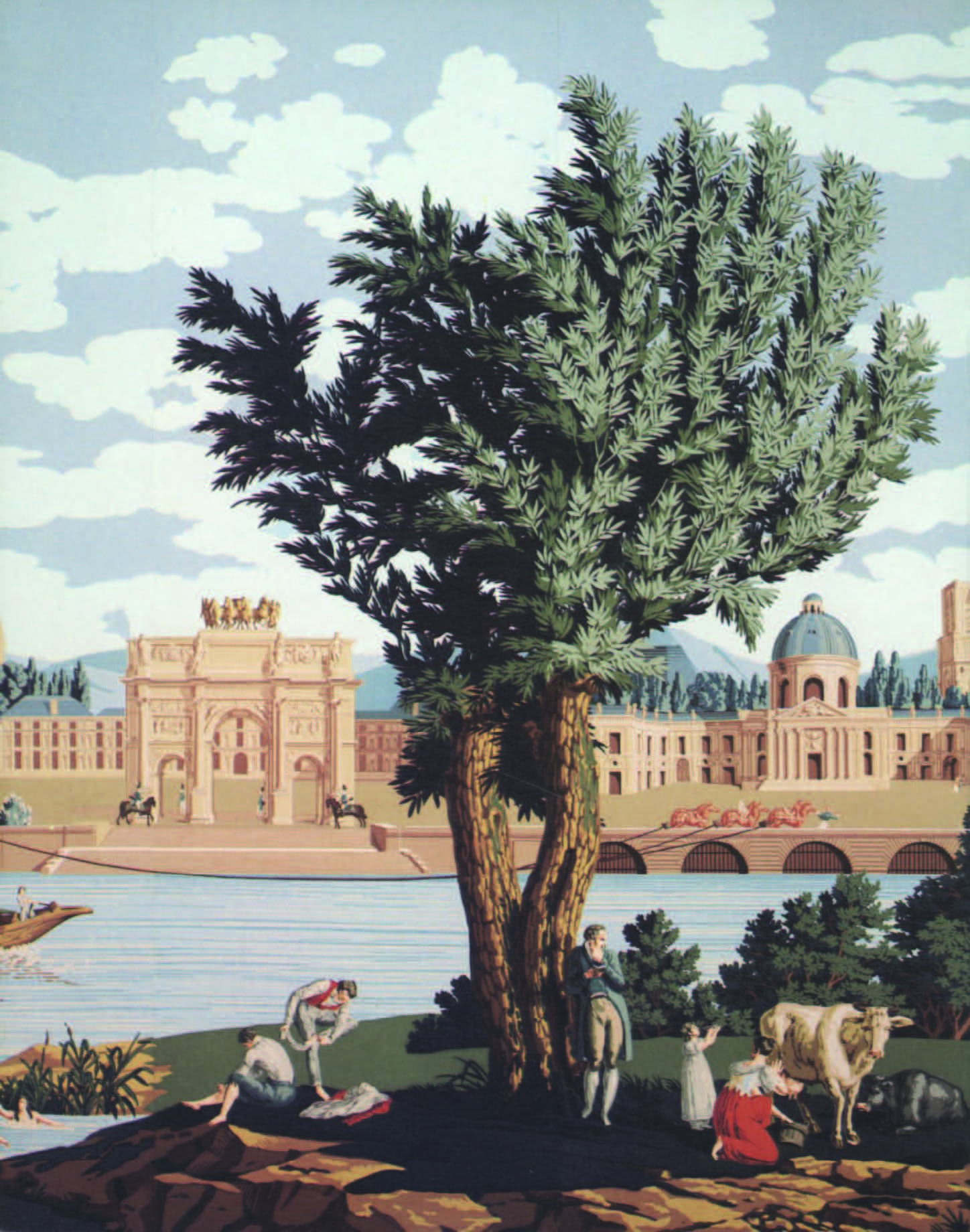
Download link (pdf, yandexdisk; 17,0 MB).
17 февраля 2020, 18:52
0 комментариев
|
Партнёры
|






Комментарии
Добавить комментарий